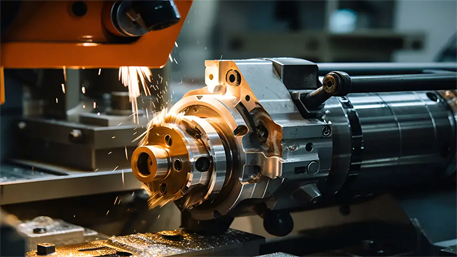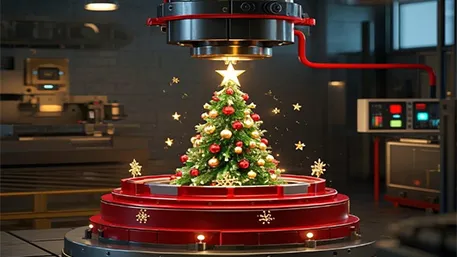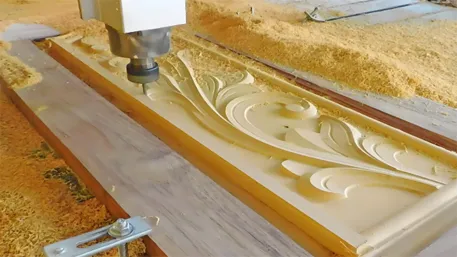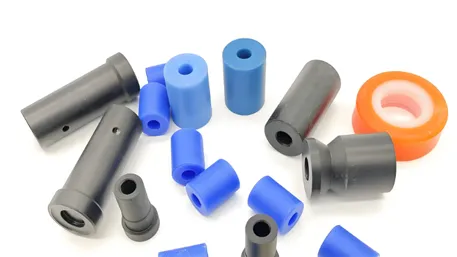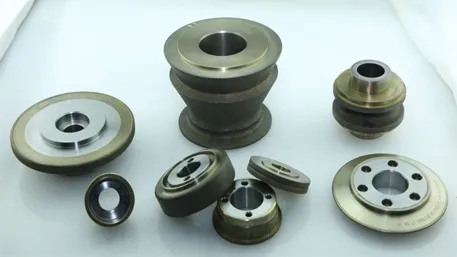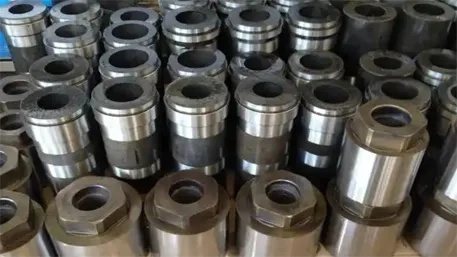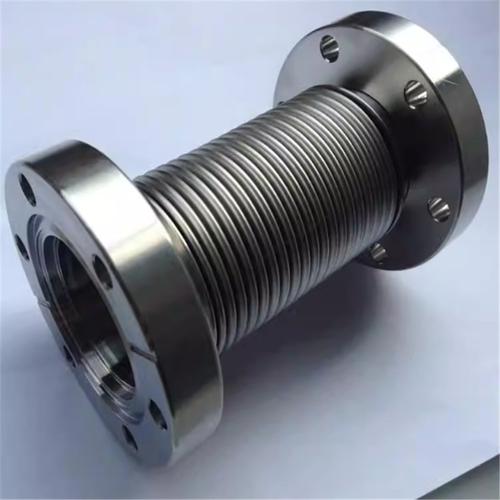1. Core Technical Advantages: Micron-Level Accuracy & Efficiency
CNC machining achieves ±0.001-inch tolerance through advanced 5-axis technology and real-time feedback systems, ideal for aerospace turbines and medical implants. Key innovations include:
- Multi-Axis Synchronization: 5-axis machines enable complex geometries (e.g., turbine blades) with Ra 0.4μm surface finish .
- Material Versatility: Supports 300+ materials, from titanium alloys (UTS 900-1200 MPa) to Ultem® 2300 (glass fiber-reinforced PEEK) for high-temperature applications.
- Predictive Maintenance: IoT sensors reduce downtime by 30% through vibration and temperature monitoring.
2. Industry Applications & Case Studies
- Aerospace: Aluminum 7075 structural components with ±0.005mm tolerance .
- Medical: Biocompatible titanium spinal implants (ASTM F136) with Ra ≤0.8μm .
- Automotive: EV battery housings using high-speed milling (S9500 RPM, F3500 feed rate) .
3. Material Selection & Cost Optimization
| Material | Tensile Strength (MPa) | Thermal Conductivity (W/m·K) | Recommended Tooling |
|---|---|---|---|
| Titanium Ti-6Al-4V | 895-930 | 6.7 | PCD-coated end mills |
| Aluminum 6061 | 310 | 167 | Carbide 3-flute |
| Ultem® 1000 | 110 | 0.22 | Diamond-coated |
4. Machining Tolerance Standards (ISO vs. GB/T
- ISO 2768-1: Linear dimensions (0.5–2000mm) with fine (f) grade ±0.05mm.
- GB/T 1804-2000: Roughness Ra 0.025–100μm, prioritizing Series 1 values.
5. Cutting Parameter Optimization
- High-Speed Steel (HSS) vs. Carbide Tools: Carbide tools reduce cycle time by 40% in steel (HRC 45) with S6500 RPM and F1800 feed rate.
- Climb Milling: Lowers cutting force by 15%, extending tool life in stainless steel 316L.

